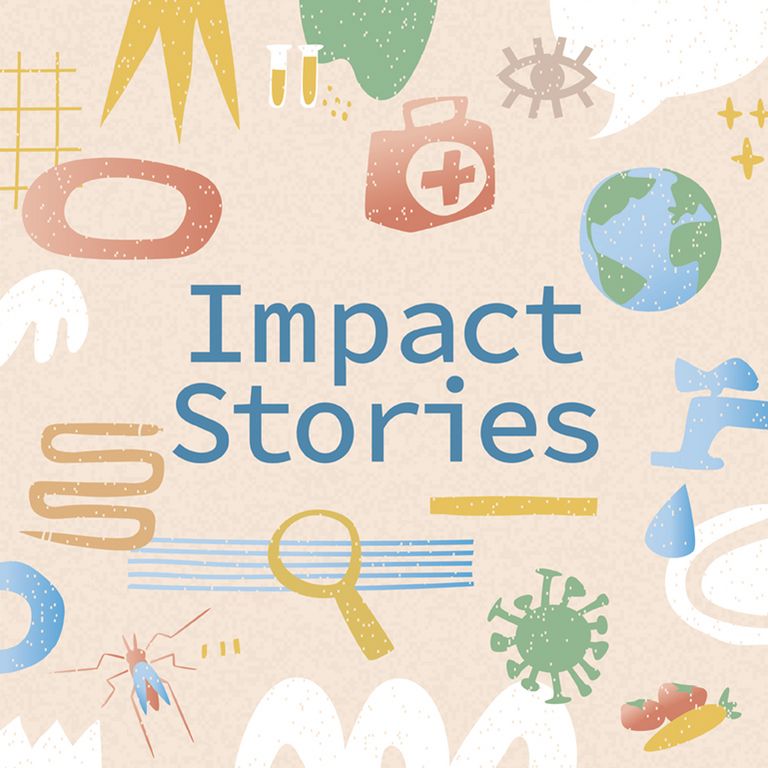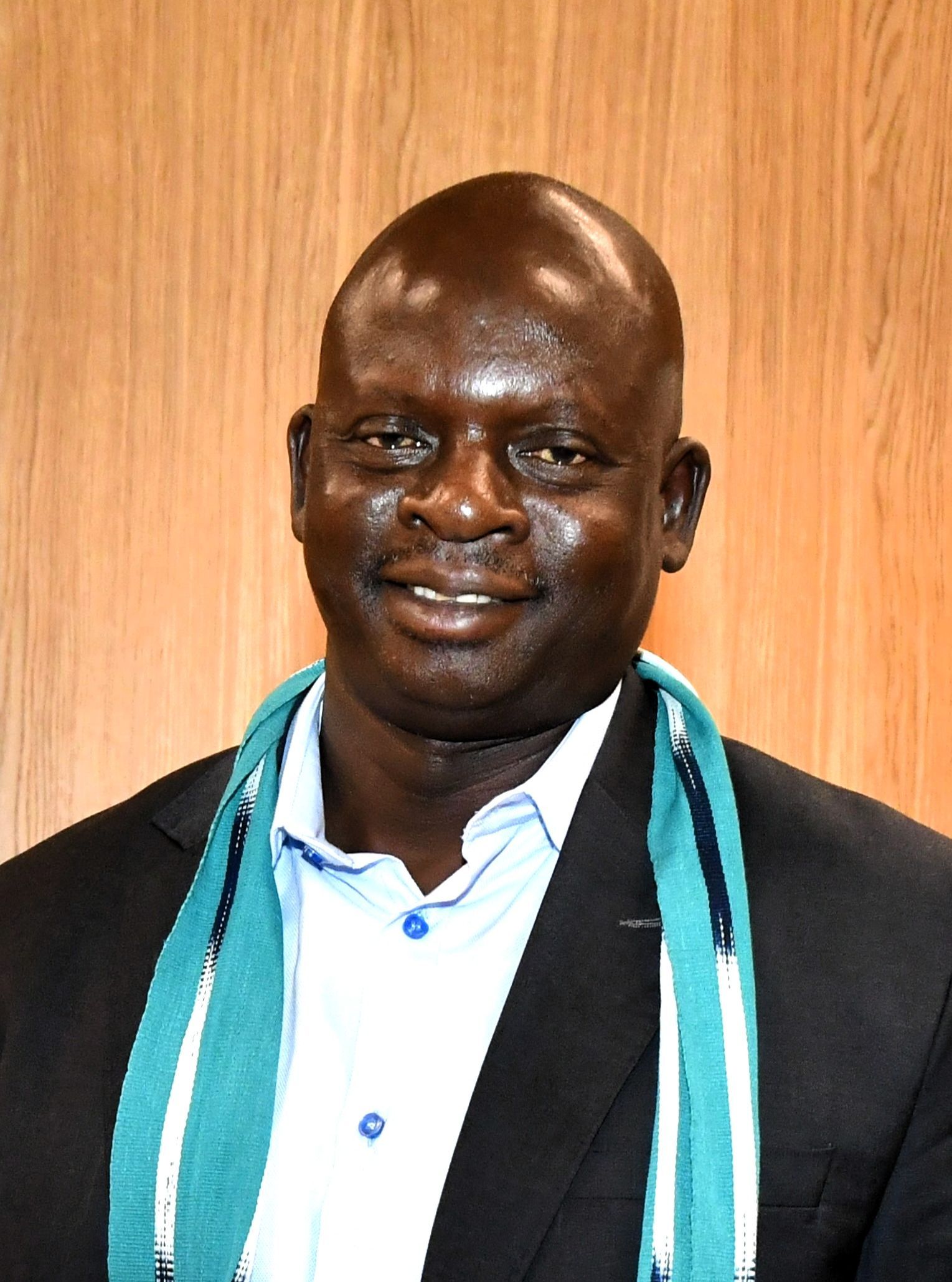


There has never been a more important time to improve our understanding of African genomic data and deliver on the promise of better, more accessible health care for all. To this end, Roche AGP, Swiss TPH and the Centre Suisse de Recherches Scientifiques (CSRS) have launched a new collaboration to expand data collection within the CoDuBu study in Côte d’Ivoire, integrating whole genome sequencing with biomarker and environmental data to explore links between infectious and non-communicable diseases. In this article, we talk with Prof. Dr. Nicole Probst-Hensch (Swiss TPH) and Dr. Siaka Koné (CSRS) about the goals and potential of this important work.
Despite the vast majority of human evolutionary history occurring in Africa, less than 3% of global genomic data currently comes from African people or those with African ancestry. And while the growing continent is estimated to represent a quarter of the world’s population by 2050, only 1.3% of global investment in R&D is being spent in Africa, and only 2.5% of clinical research trials are held there. This lack of representation in global studies and research has resulted in a dramatic imbalance in genetic data, leaving novel disease-associated variants – relevant for both Africans and non-Africans alike – undiscovered, ultimately hindering patient outcomes across the globe and also disease understanding more broadly.
As a firm believer in the value of data and insights, I am grateful to have the opportunity to work side-by-side with local and international scientists and stakeholders to counteract this global genetic data imbalance in my role with Roche’s Data Sciences Department and through my involvement in Roche’s African Genomics Program (Roche AGP).
Our Collaboration with the Swiss TPH & CSRS’s Côte d'Ivoire Dual Burden of Disease (CoDuBu) Study
One great way we’ve been working to tangibly expand African-led genomic data collection and analysis is through our partnership with Swiss Tropical and Public Health Institute (Swiss TPH) and Centre Suisse de Recherches Scientifiques (CSRS) in Côte D'Ivoire.
This week, Roche AGP, Swiss TPH, and CSRS announced our collaboration to expand data collection of an existing cohort of Swiss TPH’s Côte d'Ivoire Dual Burden of Disease (CoDuBu) study, aiming to improve our understanding of the relationship between infectious diseases and chronic, non-communicable diseases (NCDs) by employing whole genome sequencing (WGS) alongside comprehensive biomarker and environmental exposure data. This work is supported by Azenta Life Sciences, which provides sample logistics and essential equipment to ensure cold chain integrity and proper sample handling, even in challenging local climate conditions.
I recently had the chance to discuss the new partnership with Prof. Dr. Nicole Probst-Hensch, Project Leader of the CoDuBu study and Head of the Department of Epidemiology and Public Health and the Chronic Disease Epidemiology Unit at Swiss TPH, and Dr. Siaka Koné, Head of the Taabo Health and Demographic Surveillance System (HDSS) at Centre Suisse de Recherches Scientifiques (CSRS). During our conversation, we explored our thoughts on this exciting research that’s taking place in Africa in the name of population and patient health. Read our conversation below:
Tell me about your role at Swiss TPH/Taboo HDSS and your connection to the Côte d'Ivoire Dual Burden of Disease (CoDuBu) study.

Nicole Probst-Hensch: Together with my partners at Swiss TPH, we developed and designed the CoDuBu study, which existed at baseline as a longitudinal cohort with prospectively sampled biospecimens. From the start, the study’s goal was to improve understanding of the interrelation between infectious and non-infectious diseases in a sub-Saharan environmental and genetic context. Precise burden of disease and risk estimates for Côte d’Ivoire essentially rely on such local data.
Siaka Koné: Since 2009, the Taabo HDSS has been continuously monitoring over 60,000 people and 14,000 households, including related demographic and health outcomes, in a well-defined geographical area through data collection and IT procedures. These monitoring capabilities enable the Taabo HDSS surveillance area to support implementation of the CoDuBu study.

What sparked your interest in epidemiology and chronic disease? How is the field connected to genomics?
NPH: I started my career in epidemiology after having written the first public environmental report for Roche following the Schweizerhalle fire in Basel. That event sparked my interest in a career in environmental epidemiology. The environment in which we live has an important impact on our health – it is estimated that about a quarter of premature deaths globally are attributable to environmental risks.
SK: The HDSS conducts multidisciplinary research with a focus on epidemiology. My interest in epidemiology began when I started my career as head of the Taabo HDSS.
"Investigating the occurrence and distribution of diseases in the population is essential to generate evidence, which can guide community-level interventions and monitoring of integrated control approaches."
This fits with one of the major objectives of the HDSS, which is providing high-quality data on the demographic, epidemiological and socioeconomic characteristics of the communities to monitor changes over time.
How do you anticipate that utilising whole genome sequencing (WGS) through this collaboration will contribute to the existing study and findings?
NPH: The only method to improve our understanding of the association between long-term exposure to single environmental risks or combinations of risk are population-based, long-term studies with associated biobanks.
"For environmental epidemiologists, genetic and genomic biomarkers are instruments we can use to gain a deeper insight into mechanisms by which external risks impact our health. Integrating them into our research gets us closer to causal understanding."
This is what is called exposome science – pointing out that the combination of broad external exposures and our genetic make-up jointly determine how well we age or whether we develop a severe infection. From genetics specifically, we expect to learn more about how the African genome impacts one’s susceptibility to NCDs.
SK: Studies on genetics are very rare or almost non-existent in Côte d'Ivoire. Through CoDuBu and Roche AGP’s partnership, we hope to learn more about how the African genome influences the prevalence of certain common diseases – in the Ivorian context in particular, and in Africa in general. Furthermore, as earlier stated, the Taabo HDSS provides high-quality data on the demographic, epidemiological and socio-economic characteristics of the communities. Whole genome sequencing data are a complement to deepen the analyses.
How might findings from this partnership/study impact strategies for managing and preventing chronic diseases in Africans and other diverse populations?
NPH: With increased understanding of the genome, we will develop polygenic scores that are associated with a high disease risk – even for NCDs that are common in part of the population – as NCDs are hard to prevent, timely detect, and treat. We need to better understand whether, for example, individuals at genetically high risk for hypertension would be more motivated to adhere to treatment. Hypertension treatment is a very challenging endeavor and hypertension is very poorly controlled in low income countries.
SK: In Côte d'Ivoire, as elsewhere in Africa, there has been an epidemiological transition, with the emergence of non-communicable diseases such as diabetes and hypertension, which now coexist with infectious diseases such as malaria.
"In-depth knowledge of the genome will undoubtedly provide better guidance on the diagnosis, prevention and management of the high burden of these diseases."
What impact do you hope Roche AGP’s partnership will have on the study? Are there any impacts you’ve already witnessed?
NPH: I consider public-private partnership as an essential component in cohort and biobanking research. First, it allows for broad research related to primary prevention, including biomarkers for risk and disease prediction screening to access to medicine and treatment. Second, it enhances the cohort’s impact, for example through the development of novel diagnostics or drugs. Third, it brings different insights and expertise together in various domains (e.g. in running biobanks), providing broad training opportunities for African scientists. Fourth, funding of cohorts is a challenge everywhere. The follow-up of CoDuBu would not have been possible without public-private partnership.
SK: CoDuBu is a huge project that will mobilise a lot of financial and human resources, but for me the end justifies the means. First of all, from a health point of view, we will have increased our knowledge on a number of diseases and the development of appropriate treatments. I also note the opportunities for capacity-building and skills development in a field that is not very well developed in Africa, namely research into the human genome. Finally, the identification of a geographic area and a population that is continuously monitored for the implementation of such a study is not often easy. Through CoDuBu, the Taabo HDSS will increase its visibility with Roche by taking up this challenge.
In one sentence – what about your work makes you most excited or hopeful for the future of healthcare in Africa?
NPH: The collaboration between trustful partner networks across the globe in obtaining, analysing, and interpreting impactful data as needed for evidence-based primary, secondary and tertiary prevention and for health promotion.
SK: The promotion and optimal use of existing platforms for the continuous production of data through partnerships to identify priorities and deficits in health information to ultimately improve health care in Africa and the world at large.